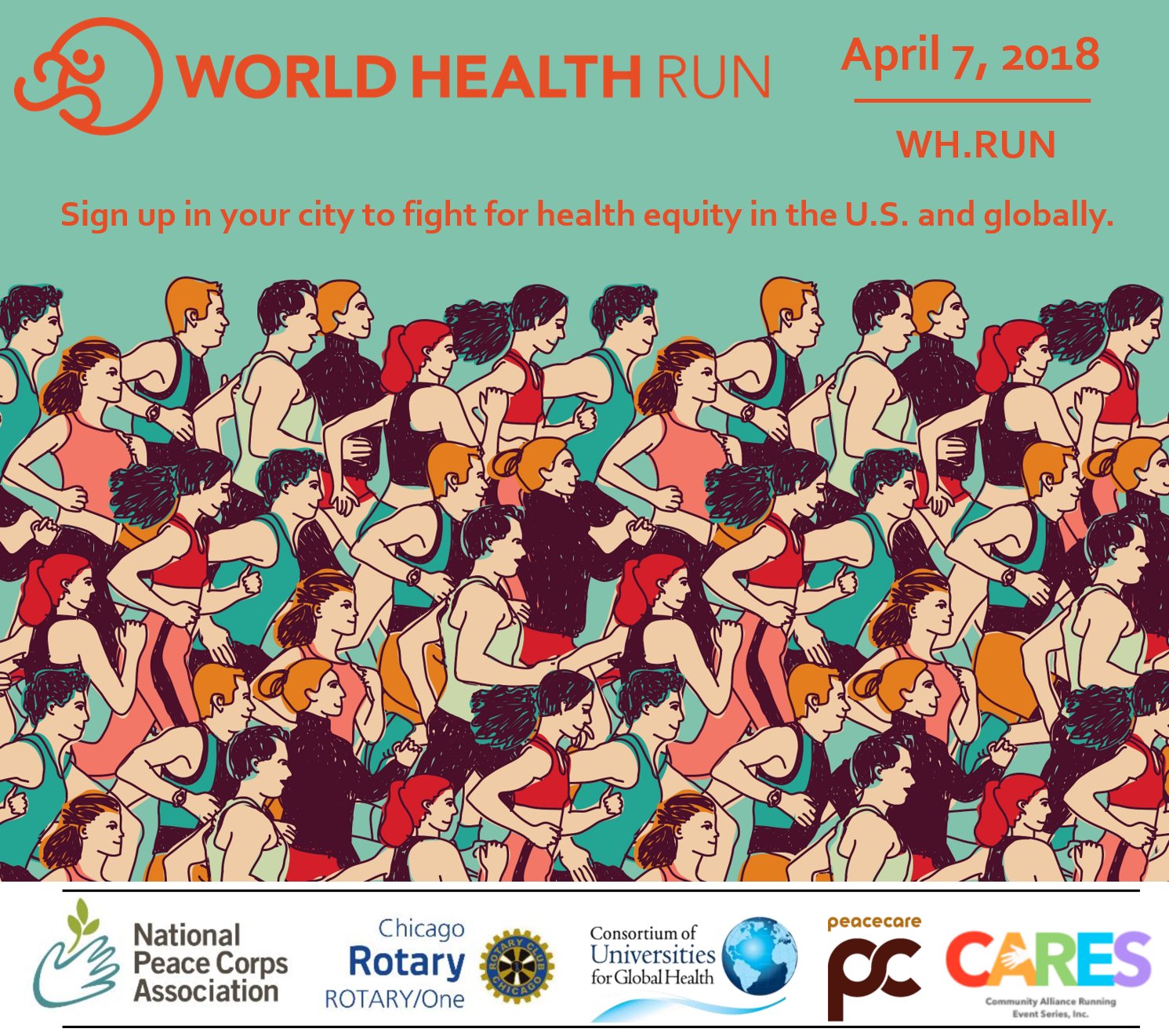
At our house, we are always looking at new ways to protect ourselves from the sun’s harmful effects. Some of us, mostly the men of the house, burn with just the mention of Summer, let alone the actual sun. But we are trekkers and must be in the sun, so what to do? Well, lots of sunblock, for one. We also found a product called Sunsafe Rx. Sunsafe Rx is a natural supplement which helps protect against both UVA and UVB rays from the sun. All you do is take them daily as directed and the benefits last all day long. Not only does this help with sun protection, but also has anti-aging benefits.
There are powerful antioxidants in Sunsafe Rx which are good for both your skin and your eyes. All the ingredients in Sunsafe Rx are natuaral and proven to help skin health. Sunsafe Rx is also made in the USA, and is manufactured and tested in an FDA-regulated GMP-certified facility. Sunsafe Rx prevents skin aging by preserving collagen and elastin and inhibiting the formation of fine lines, wrinkles, and sun spots. For your eyes, lutein and zeaxanthin protect from the oxidative stress of UV rays and may help fight the causes of age-related macular degeneration. This is probably the only sun protection you actually want ending up in your eyes. Sunblock, not so much. Sunsafe is great not only for those sunny Summer days but for year round, whether in the sun or not. Some extra health boosts for your skin and eyes are never a bad thing. SunSafe Rx is available now on their website sunsaferx.com and retails for $29 for 30 caplets and up to $89 for 120 caplets.



















